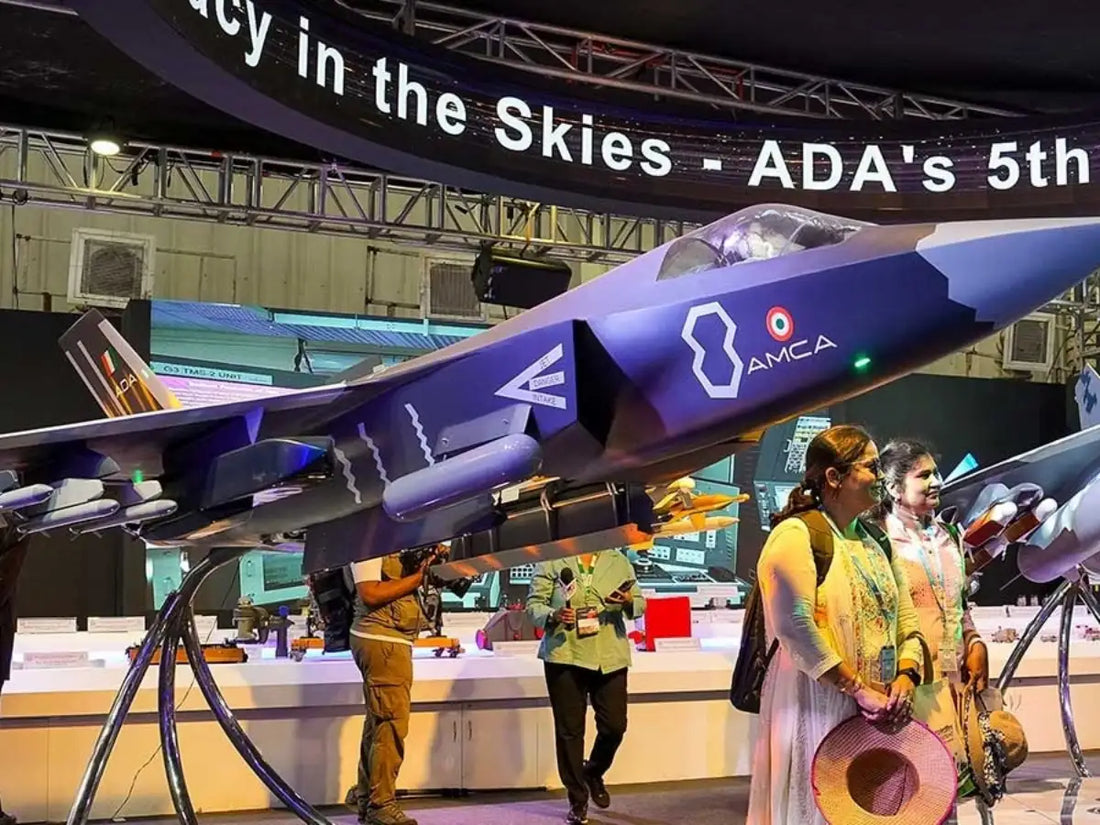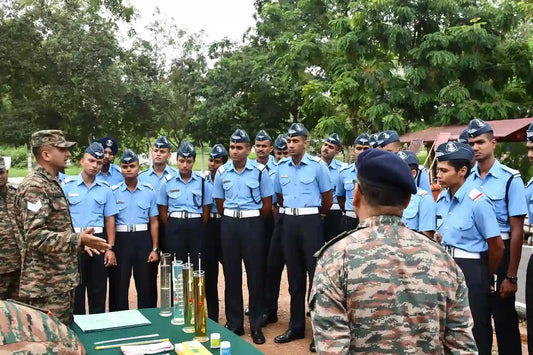India's Indigenous AMCA Stealth Fighter Advances with 28 Private Sector Partnerships

India's initiative to create its first indigenous fifth-generation stealth fighter, the Advanced Medium Combat Aircraft (AMCA), has seen considerable progress, with 28 private companies eager to collaborate with Hindustan Aeronautics Limited (HAL).
A senior official from HAL revealed that major corporations such as Tata Advanced Systems, Adani Defence, Larsen & Toubro, and the Mahindra Group have officially expressed interest in joining the endeavor. HAL has formed a high-level committee to review the applications and choose one or two strategic partners to form a consortium. This consortium will respond to the Aeronautical Development Agency’s (ADA) Expressions of Interest (EOI), which are due by September 30.
Although HAL has extensive experience in aircraft production, the Ministry of Defence's model for the project requires private sector involvement to mitigate risks, foster a strong industrial ecosystem, and speed up development. HAL Chairman DK Sunil pointed out that the EOI requirements, which exclude firms with order books more than three times their turnover, present challenges for HAL, where the ratio is nearly 8:1. Yet, HAL is advancing with private collaborations to maintain the AMCA program's timeline.
The chosen consortium will handle prototype development, flight testing, and the establishment of production lines, all within an ambitious eight-year timeframe. This shift marks a significant change from HAL's historical dominance, placing private companies at the forefront of one of India’s key defence projects.
The AMCA is designed to operate in dual modes. In stealth mode, it can carry up to 1.5 tons of weapons internally to minimize radar detection, while in non-stealth mode, it can carry up to 5 tons of payload on external hard points for conventional missions. This versatility ensures the aircraft is prepared for various mission types, including air superiority, deep strike, and precision operations.
Plans for the AMCA include two variants. The MK-1 will initially use GE’s F414-INS6 engines, while the MK-2 will be equipped with a 120-kilonewton indigenous engine developed in collaboration with France’s Safran and India’s Gas Turbine Research Establishment (GTRE). The engine program, valued at over ₹610 billion, will produce nine prototypes over 12 years with full technology transfer to India, marking a significant milestone in defence propulsion development since the Kaveri engine project.
The AMCA prototype is expected by 2029, with flight tests extending for five years. Full-scale development is projected to conclude by 2034, leading to its induction into the Indian Air Force in 2035. The IAF plans to establish six squadrons, approximately 120 aircraft, with the first two squadrons using MK-1 variants and the rest transitioning to MK-2.
The push for stealth technology is driven by regional military advancements. China is already deploying the J-20 stealth fighter, developing carrier-based J-35 projects, and testing sixth-generation designs. Pakistan is reportedly interested in the Chinese J-35. The Cabinet Committee on Security's approval of the AMCA program in 2023, at a cost of ₹150 billion, marked a critical move towards enhancing India’s strategic independence.
Besides combat roles, the AMCA represents India's pursuit of technological self-sufficiency, combining HAL's manufacturing capabilities, ADA’s design expertise, DRDO’s research, and private sector resources. Experts suggest the project could revolutionize India's aerospace sector, cultivating a native ecosystem in avionics, propulsion, materials, and stealth technology, while diminishing reliance on foreign suppliers.



















